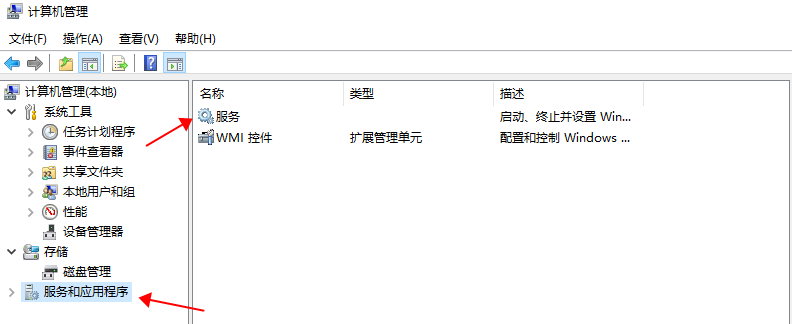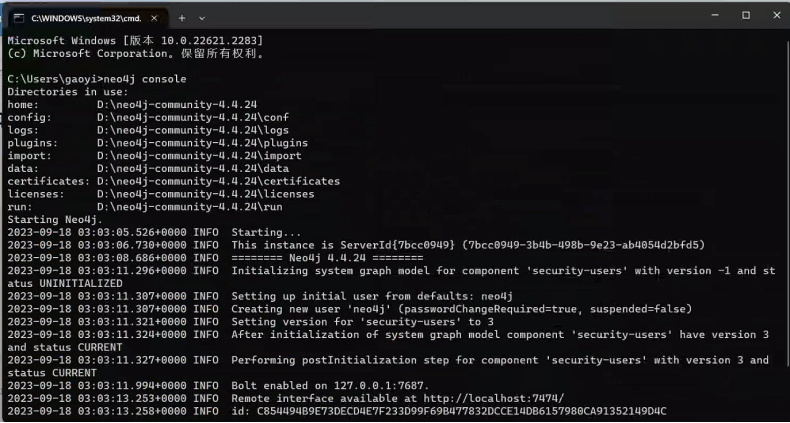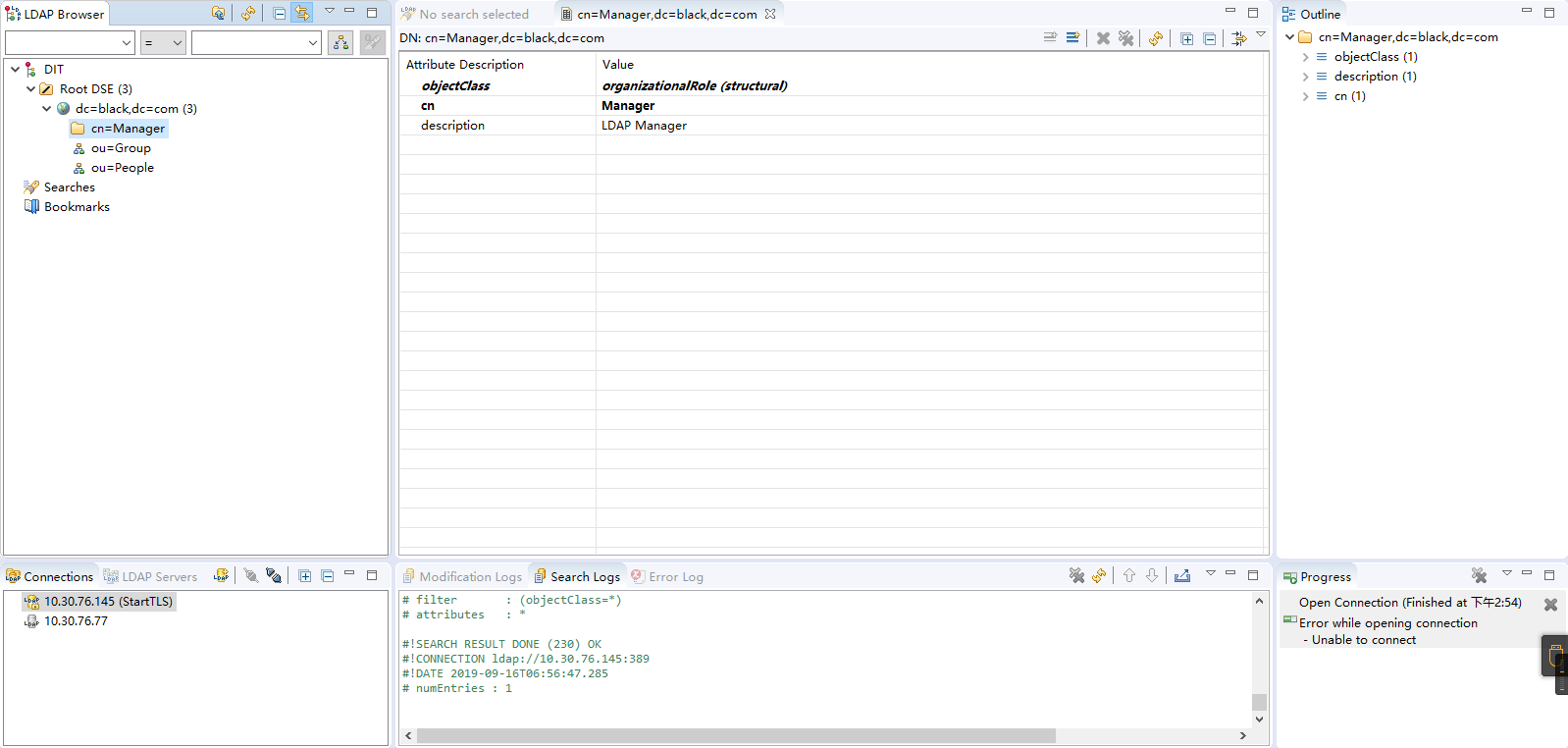PostgreSQL游标与索引选择实例详细介绍
之前有写过一个案例,order by limit因为数据分布不均而选择了错误的索引,这是由于优化器没法判断数据的分布关系,默认认为数据分布是均匀的所导致的。
而除了limit,当我们在使用游标时也要注意有可能会出现类似的情况。而往往这类在存储过程中的SQL我们更难发现其选择了错误的执行计划,所以需要注意。
1、建测试表
CREATE TABLE
2、写入一批随机数据,ID从1到1000万。
INSERT 0 10000000
3、写入另一批100万条数据,c1,c2 与前面1000万的值不一样。
INSERT 0 1000000
4、创建两个索引,也就是本文需要重点关注的,到底走哪个索引更划算
CREATE INDEX
bill=# create index idx_tbl_2 on tbl(c1,c2,c3,c4);
CREATE INDEX
5、收集统计信息
VACUUM
6、查看下面SQL的执行计划,走了正确的索引
QUERY PLAN
————————————————————————————-
Sort (cost=72109.20..72344.16 rows=93984 width=20)
Sort Key: id
-> Bitmap Heap Scan on tbl (cost=1392.77..60811.81 rows=93984 width=20)
Recheck Cond: ((c1 = 200) AND (c2 = 200))
-> Bitmap Index Scan on idx_tbl_2 (cost=0.00..1369.28 rows=93984 width=0)
Index Cond: ((c1 = 200) AND (c2 = 200))
(6 rows)
7、而当我们在游标中使用该SQL时,会发现执行计划出现了偏差
BEGIN
bill=*# explain declare tt cursor for select * from tbl where c1=200 and c2=200 order by id;
QUERY PLAN
——————————————————————————-
Index Scan using idx_tbl_1 on tbl (cost=0.43..329277.60 rows=93984 width=20)
Filter: ((c1 = 200) AND (c2 = 200))
(2 rows)
为什么会出现这种情况呢,这其实是因为使用游标的SQL会根据cursor_tuple_fraction参数进行自动优化,而该参数默认是0.1,表示只检索前10%的行进行预估,这就和limit有点异曲同工的味道了。
因为对于这张表,优化器认为数据是均匀分布的,而实际上,数据分布是不均匀的,c1=200 and c2=200的记录在表的末端。当我们在游标中只检索了前10%的行,所以会得到一个错误的执行计划。
具体的细节我们可以在parsenodes.h和planner.c中看到:
当使用cursor或者SPI_PREPARE_CURSOR函数时,会设置CURSOR_OPT_FAST_PLAN标志位,然后就会根据cursor_tuple_fraction参数对SQL进行自动优化,所以对于一些数据分布不均的情况,可能就会
/* Determine what fraction of the plan is likely to be scanned */
if (cursorOptions & CURSOR_OPT_FAST_PLAN)
{
/*
* We have no real idea how many tuples the user will ultimately FETCH
* from a cursor, but it is often the case that he doesn’t want ’em
* all, or would prefer a fast-start plan anyway so that he can
* process some of the tuples sooner. Use a GUC parameter to decide
* what fraction to optimize for.
*/
tuple_fraction = cursor_tuple_fraction;
/*
* We document cursor_tuple_fraction as simply being a fraction, which
* means the edge cases 0 and 1 have to be treated specially here. We
* convert 1 to 0 (“all the tuples”) and 0 to a very small fraction.
*/
if (tuple_fraction >= 1.0)
tuple_fraction = 0.0;
else if (tuple_fraction <= 0.0)
tuple_fraction = 1e-10;
}
else
{
/* Default assumption is we need all the tuples */
tuple_fraction = 0.0;
}
到此这篇关于PostgreSQL游标与索引选择实例详细介绍的文章就介绍到这了,更多相关PostgreSQL游标与索引选择内容请搜索以前的文章或继续浏览下面的相关文章希望大家以后多多支持!






